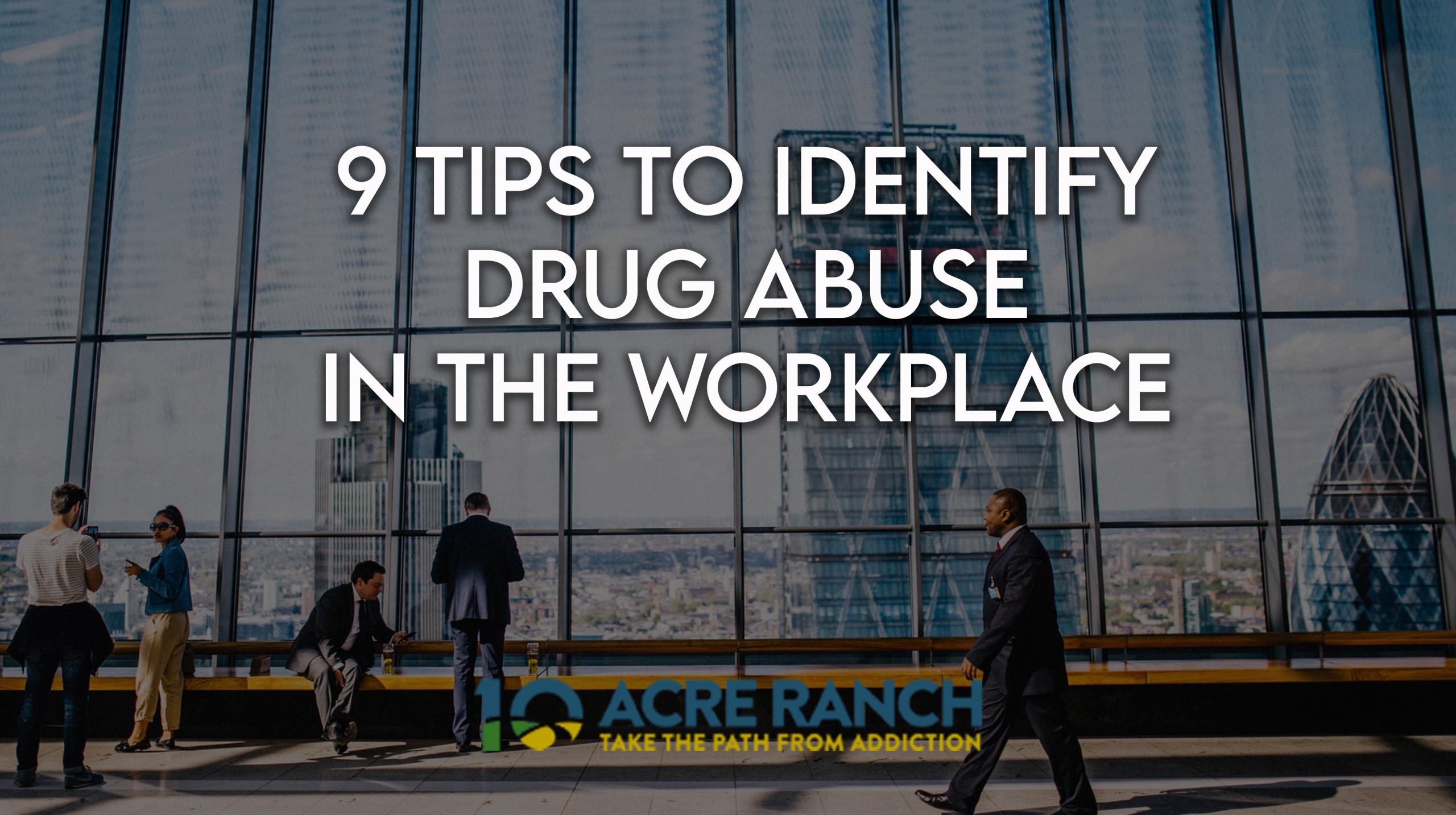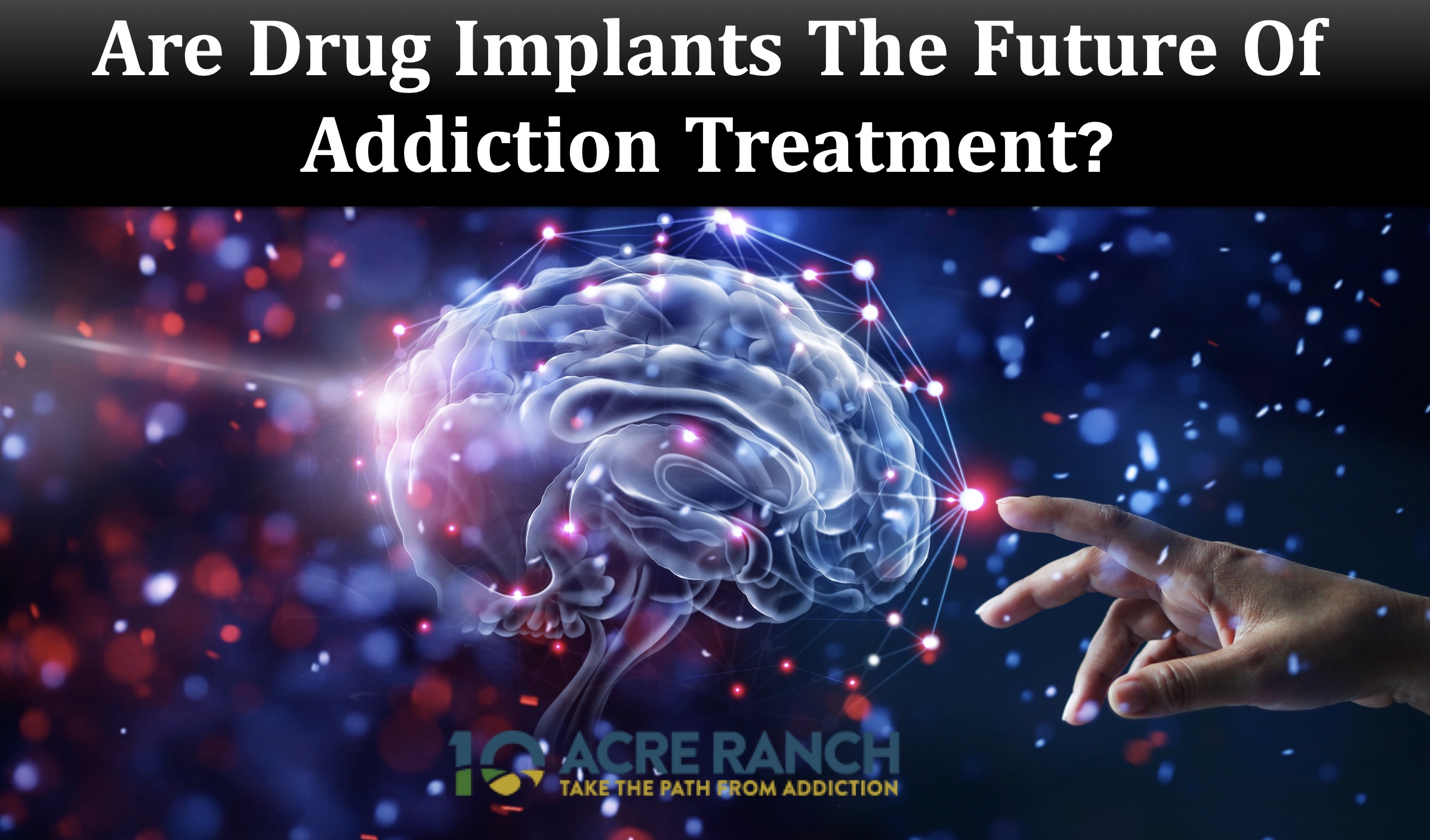Drug abuse tends to be a sensitive topic at the workplace. Most people feel like they need to hide their problems with drugs or …
Are Drug Implants the Future of Drug Addiction Treatment?
How addiction and human brain function are interlinked Their passion is to find alternative treatment methods for those …
Continue Reading about Are Drug Implants the Future of Drug Addiction Treatment?
Recovery Support This Christmas
react to such feelings in unhealthy ways. The program teaches us to live one day at a time, staying present is vital to the goal …
Addiction Recovery in The Music Industry
how many friends you have, and what your financial standing is presently. Everyone has some level of propensity to get caught up …
Continue Reading about Addiction Recovery in The Music Industry










